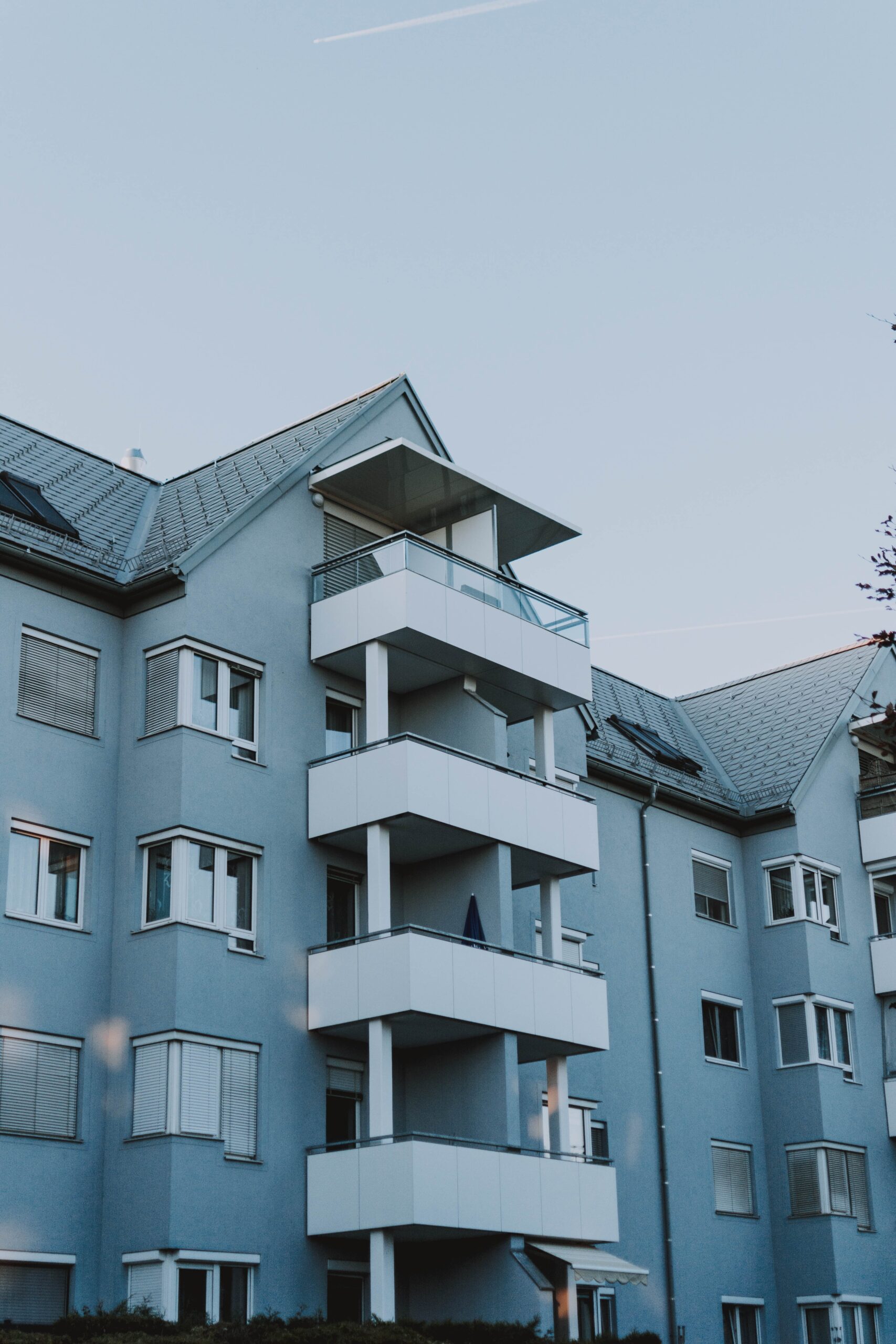MDU/High Rise Retrofit
Retrofitting an Apartment Complex
with its Own Data Network
“In the present era of digital advancements, possessing a dependable and rapid internet connection has
transitioned from being a luxury to an absolute necessity. Given the growing dependence of individuals on the
internet for work, entertainment, and communication, it has become imperative for apartment complexes to
offer their residents an uninterrupted and flawless online experience. An innovative approach to tackle this
demand involves the implementation of a dedicated in-house data network within the apartment complex,
revolutionizing connectivity by offering your residents another option for internet service by supplying a owner
owned data network ensuring residents have multiple options for constant access to high-speed internet.
Georgia technical services will analyze the advantages and considerations associated with the retrofitting
process of an apartment complex in order to establish its own data network.”

Benefits of Retrofitting:
Considerations for Retrofitting:
Conclusion
Rewiring Older Buildings with Data Cabling
for Conversion into Apartments
Data cabling, also known as structured cabling, refers to the installation of a standardized cabling system that supports various communication services such as voice, data, and video. By rewiring older buildings with data cabling, property owners can ensure that residents have access to high-speed internet, cable television, and other digital services.

Another benefit of rewiring older buildings with data cabling is the ability to future-proof the infrastructure. Technology is constantly evolving, and what may be considered cutting-edge today may become outdated in a few years. By investing in data cabling, property owners can ensure that their buildings can easily adapt to future technological advancements without the need for major renovations.
When it comes to rewiring older buildings with data cabling, there are a few key considerations to keep in mind. First and foremost, it is essential to work with experienced professionals who specialize in structured cabling installation. These experts will have the knowledge and expertise to design and implement a cabling system that meets the specific needs of the building and its future tenants.
Additionally, it is important to consider the layout and design of the building when planning the data cabling installation. Older buildings often have unique architectural features and structural challenges that need to be taken into account. A well-thought-out cabling plan will ensure that the wiring is discreetly installed and does not detract from the building’s aesthetic appeal.
Lastly, property owners should also consider the scalability of the data cabling system. As the demand for digital services continues to grow, it is important to have a cabling infrastructure that can easily accommodate future expansion. This can be achieved by installing additional data outlets and ensuring that the cabling system is designed with flexibility in mind.
In conclusion, rewiring older buildings with data cabling is a crucial step in converting them into modern apartments. By investing in a structured cabling system, property owners can attract tech-savvy tenants and future-proof their buildings. However, it is important to work with experienced professionals and consider the unique challenges of each building. With the right planning and execution, rewiring older buildings with data cabling can transform them into desirable living spaces for the digital age.

